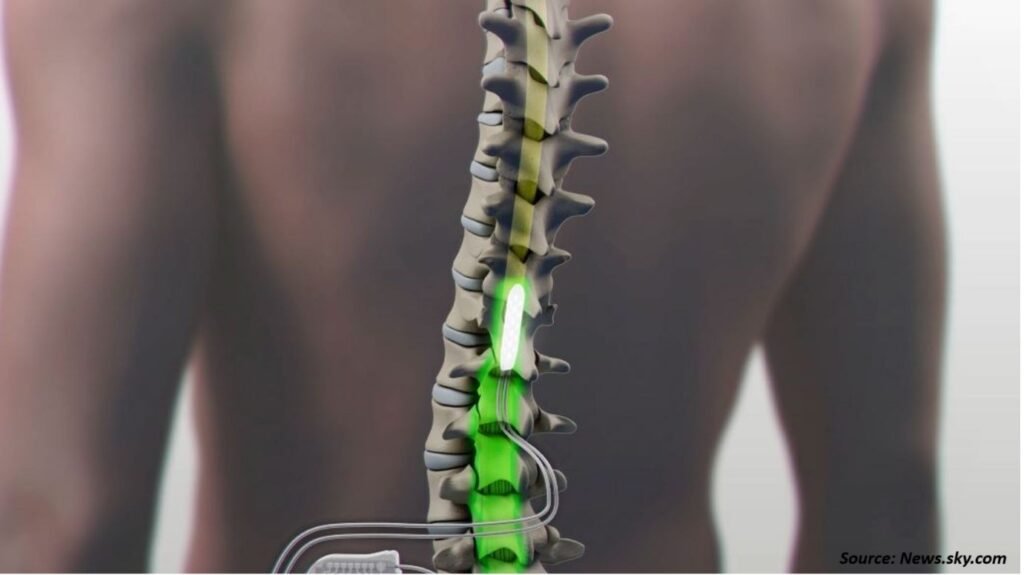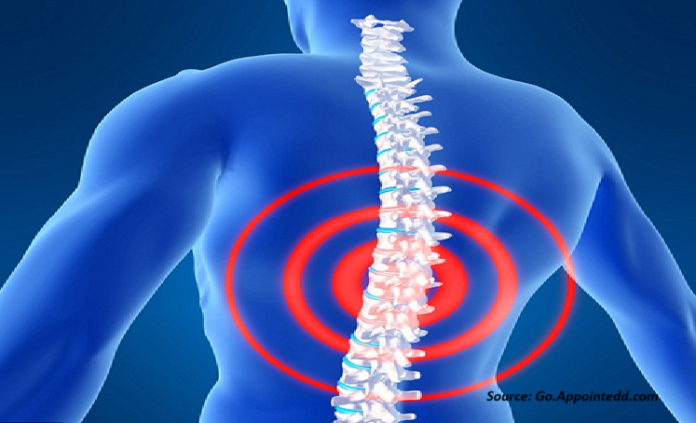Table of Contents
Introduction
Spinal interventions have historically been complicated and hazardous operations with protracted recovery periods and challenges of achieving optimal results. Emerging innovations in artificial intelligence (AI), 3D printing, and smart materials are transforming the business of spinal implant technology, such that treatments can be more customized, effective, and efficient. With AI-driven optimization of surgery planning, 3D printing creating implants in personalized form, and smart materials enhancing them with better biocompatibility and performance, the potential of spinal implants has never seemed brighter.
In this blog, we discuss how these advanced technologies are revolutionizing the future of spinal implants and identify recent industry advancements that are taking spinal surgery leaps forward.
The Integration of AI in Spinal Surgery
Artificial intelligence is also increasingly contributing to reshaping spinal surgery by improving surgical planning, accuracy, and patient specific treatment plans. Robotic surgery with the assistance of AI is changing spinal procedures. The sophisticated robotic systems offer real time feedback, allowing surgeons to perform intricate procedures with increased accuracy and minimally invasiveness. Navigation systems based on AI are used in operations to improve alignment precision, resulting in improved post-surgery results.

- Artificial Intelligence guided spinal surgery: New introductions in artificial intelligence guided spinal surgery further emphasizes its revolutionary effects. Medtronic also grew its AiBLE ecosystem, an artificial intelligence platform that combines imaging, navigation and robotic-assisted instruments to streamline spinal procedures. Similarly, Globus Medical introduced the ExcelsiusGPS system, a robot-assisted navigation system that will simplify precision during spinal fusion procedures, reducing complications and speeding recovery time.
Revolutionizing Implants with 3D Printing
3D printing revolutionized the manufacturing of spinal implants through the ability to manufacture patient specific implants that adapt to the patient’s anatomy. Unlike the standard implants that are available in a set of predetermined sizes, three dimensional printed spinal implants have a better fit and stability, enabling greater integration with the body.

•Application of 3D printing: For example, Curiteva used 3D printing effectively to make completely interconnected porous polyether ether ketone spinal implants that gained FDA clearance, representing an exciting breakthrough in personalized spinal surgery. Likewise, 4WEB Medical introduced the Stand-Alone Anterior Spine Truss System, which is a 3D-printed implant having a dual-step locking mechanism designed to eliminate screw backout during surgery, for better surgical dependability.
Smart Materials: The Next Frontier in Spinal Implants
Intelligent materials are changing spinal implants with their improved function and performance within the body. These intelligent materials are such that they adapt to physiological situations, enhance bone regeneration, and maximize the lifetime of implants.
•Applications of intelligent materials in spinal surgery: Among the most intriguing developments in this area is the application of meta-tribomaterials for spinal implants. Such materials can create their own energy and feedback sensory information, enabling the monitoring of implant performance and patient healing in real-time. In addition, Xenco Medical launched TrabeculeX Continuum, a regenerative biomaterial to allow 3D bone growth with surface topography at a sub-micron level to improve spinal implants in bone integration.
New Industry Developments in Spinal Implants
Spinal implant market is seeing rapid progress with numerous companies making breakthroughs in innovation:
FDA Clearance of 3D Printed PEEK Implants: Nvision Biomedical Technologies and Invibio Biomaterial Solutions obtained FDA clearance for the initial 3D-printed PEEK-OPTIMA interbody system for spinal fusion. The system uses Bond3D additive manufacturing to create implants with solid and porous structures, which allow for enhanced bone ingrowth.
Medtronic’s AiBLE Ecosystem Expansion: Medtronic launched software, hardware, and imaging upgrades to its AiBLE ecosystem, an end to end artificial intelligence powered platform intended to maximize spinal and cranial procedures.
NanoHive Medical’s Series C Funding for 3D-Printed Implants: NanoHive Medical raised USD 7 million in Series C funding to grow its Hive portfolio of soft titanium implants and create smart sensor implants for improved spinal fusion procedures.
Conclusion
The future of spinal implants is being transformed through advancement in artificial intelligence, 3D printing and smart materials. These technologies are making surgeries more accurate enabling the manufacturing of patient specific implants and improving overall patient outcomes. With artificial intelligence based planning, personalized 3D printed implants and novel smart materials that support greater integration and healing, spinal surgery is poised to enter an era of new innovation and efficiency. With the ongoing research and technological advancements, the market for spinal implants will see even greater revolutionary advances in the long run leading to betterment of the overall lifestyle of millions of patients across the globe.
About the Author:

Sukanya Dey is a passionate and insightful writer with over three years of experience, she excels in providing clients with in-depth research and valuable insights, helping them navigate complex business challenges. She has a keen interest in various industries, including Retail and Consumer, Healthcare, Manufacturing, Automotive, and ICT & Media. Sukanya strives to offer fresh perspectives and innovative solutions through her comprehensive research. She finds immense joy in weaving her thoughts and ideas into captivating articles and blogs, where her passion for literature and art shines through. In her free time, she enjoys reading books, cooking, filming, often drawing inspiration from these activities for her creative writing endeavors. The author can be reached at info@nextmsc.com
Apart from that if you want to know about “Lower back pain (Causes , Symptoms and treatments)” then please visit our Health Category.
























